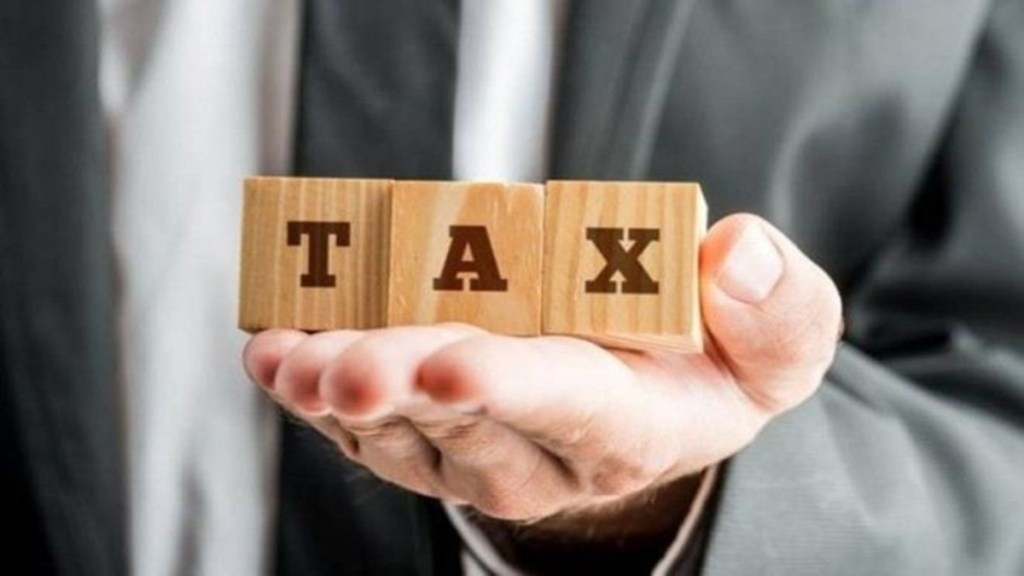The Centre’s direct tax collections, net of refunds, fell nearly 4% till August 11 of the current financial year, weighed down by the liberal income tax relief unveiled in Budget FY26, extended time for individuals to file tax returns. A slower growth in advance tax, reflecting subdued business confidence, also hit the collections.
Latest official data showed that, direct tax collections till date fell by 3.95% on year to Rs 6.64 lakh crore as against the required rate of 13.2% to meet the FY26 target of Rs 25.2 lakh crore. Receipts so far amount to 26.3% of the FY26 target compared with 31.3% of annual target achieved in the year ago period.
In fact, for the first time so far in the current financial year, gross direct tax collections (before refunds) too fell on year– by 1.87%.
“The tepid performance of advance tax collections seems to have been dampened by high refunds of corporation tax collections and a later deadline for personal income tax filings,” ICRA chief economist Aditi Nayar said.
The available data on advance tax collections suggests that the Centre’s personal income tax and corporation tax collections are required to record a high double-digit growth in the remaining part of FY2026, to meet their respective FY2026 targets, she aid.
The Impact of Budgetary Relief and Filing Deadlines
“While this may seem challenging, the growth rates in net PIT and CT collections are likely to improve as the year progresses, and the base normalises,” Nayar said.
Corporate tax receipts (post-defund) rose by 2.9% on year to Rs 2.29 lakh crore as of August 11 of 2025-26 as against the required rate of 9.6% to meet annual target. Income tax receipts, including the securities transaction tax (STT), fell by over 7% to Rs 4.35 lakh crore during the period as against the asking rate of over 16%.
The decline in income tax receipts could be attributed partly to tax reliefs. In the FY26 budget, the Centre sharply raised the income tax exemption limit to Rs 12 lakh from Rs 7 lakh in the new tax regime and lowered tax incidence under various income slabs, which the government said would leave around Rs 1 lakh crore cash in the hands of taxpayers to boost consumption and investment.
The Role of Refunds and Advance Tax
Also, government officials flagged that the fact that the due date fo returns for individuals have been extended till September 15 this year compared to the usual date of July 31. So, unlike the previous year, a chunk of self-assessment tax would come by September 15.
Advance tax paid by non-corporate taxpayers fell 2.68% on year to Rs 33,928 crore in Q1FY26, while corporate advance tax rose by a modest 5.86% to Rs 1.22 lakh crore.
Advance tax collections are a good indicator of corporate profitability and a rise in individuals’ earnings. Advance taxpayers have to pay 15% of their annual income tax liability by June 15, 45% by September 15 and 75% by December 15.
Refunds grew by 9.8% on year to Rs 1.35 lakh crore during the latest period under review. This could be the outcome of the government’s efforts to reduce delays in issuing refunds.
“The decline in the net (post-refund) collections is mainly due to the higher volume of refunds issued, especially for the corporate tax,” said Hitesh Sawhney, Partner, Price Waterhouse & Co LLP.
Corporate refunds grew by over 21% till August 11 of FY26 while income tax refunds fell by over 16%.

